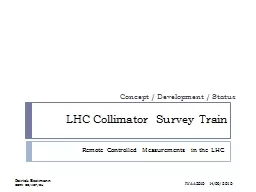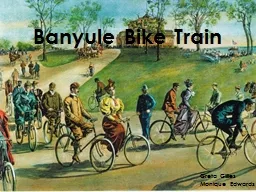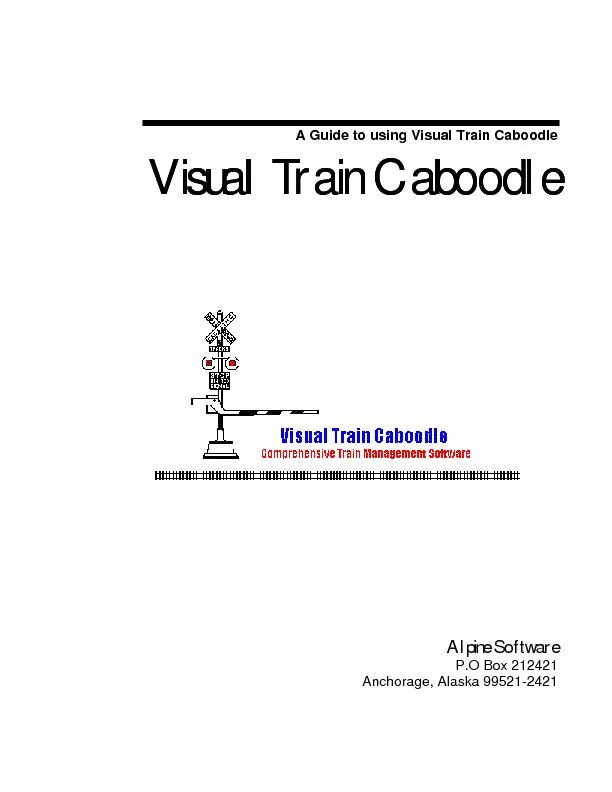PPT-FIRST Tech Challenge Drive Train Testing
Author : test | Published Date : 2017-09-14
By Techno Warriors Advanced FTC 3486 Topics Project Description Requirements Basics Drive Train Design Drive Train Types Testing ScienceEngineering Conclusions
Presentation Embed Code
Download Presentation
Download Presentation The PPT/PDF document "FIRST Tech Challenge Drive Train..." is the property of its rightful owner. Permission is granted to download and print the materials on this website for personal, non-commercial use only, and to display it on your personal computer provided you do not modify the materials and that you retain all copyright notices contained in the materials. By downloading content from our website, you accept the terms of this agreement.
FIRST Tech Challenge Drive Train Testing: Transcript
Download Rules Of Document
"FIRST Tech Challenge Drive Train Testing"The content belongs to its owner. You may download and print it for personal use, without modification, and keep all copyright notices. By downloading, you agree to these terms.
Related Documents














